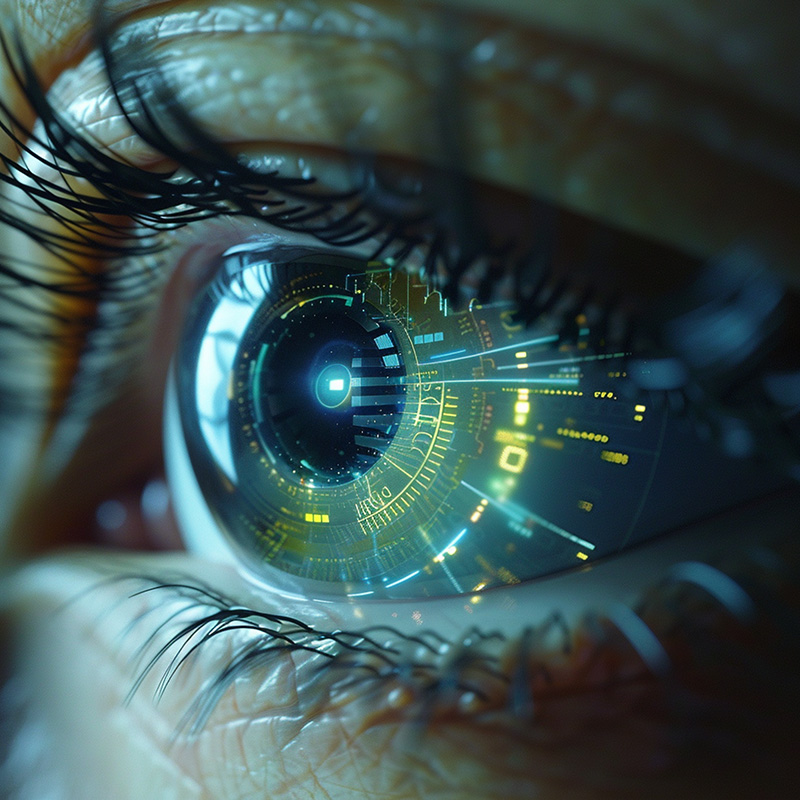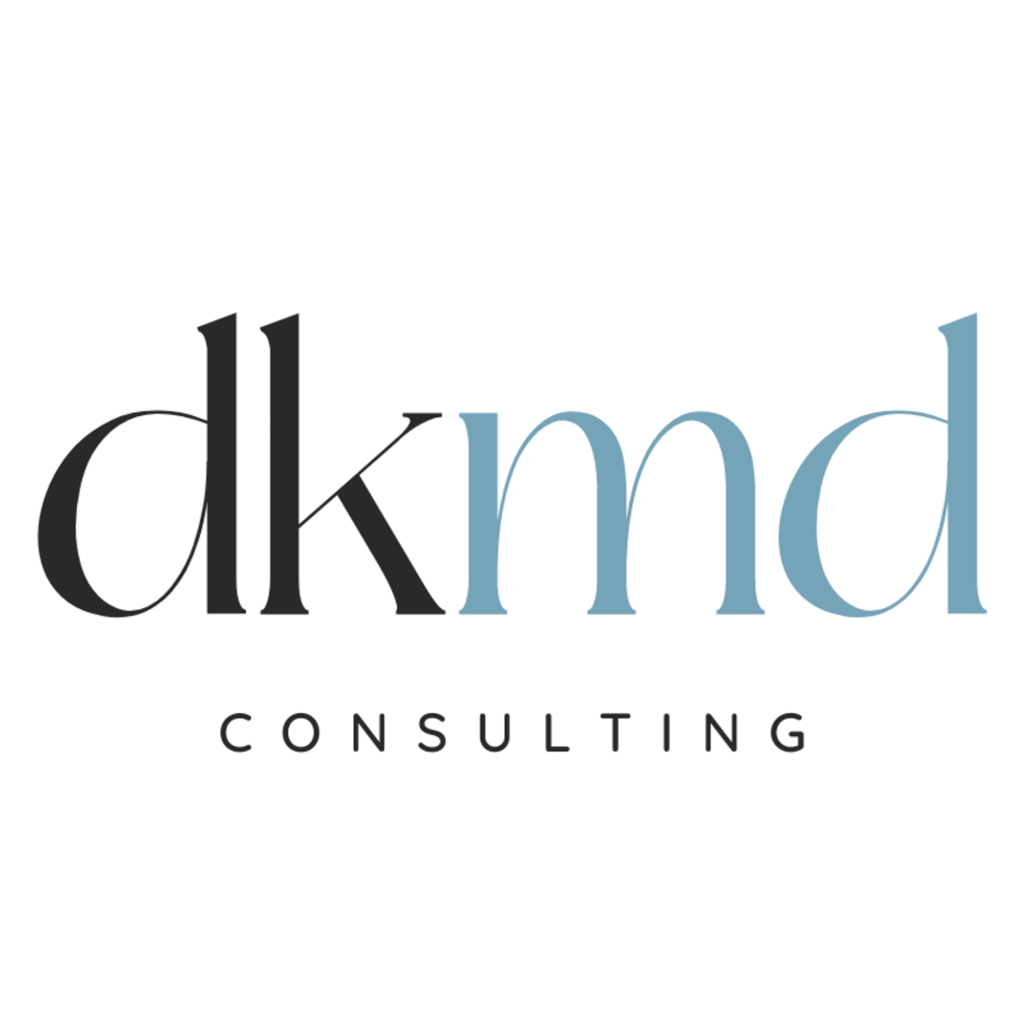Scientists have found that two special materials, called rhenium diselenide and rhenium disulfide, have unique properties that could lead to incredible advances in healthcare technology, artificial intelligence, and even smart contact lenses.
These materials are like super-thin sheets, similar to graphene, which you might have heard of before. But what makes them really special is how they interact with light in a completely new way. Usually, when light passes through a material, it behaves pretty much the same no matter what color it is. But with rhenium diselenide and rhenium disulfide, different colors of light can actually take different paths (1).
This might sound like a small thing, but it’s a huge deal for scientists and engineers who are always looking for new ways to control and manipulate light. With these materials, they can create devices that are smaller, faster, and more powerful than ever before (2).
The secret behind these amazing properties is something called symmetry breaking. In simple terms, it means that the way the atoms are arranged in these materials is less symmetrical than in most other materials. And it turns out that this asymmetry is what allows light to behave in such strange and wonderful ways (2).
So, what could we do with this discovery?
Well, the possibilities are endless.
In healthcare, we could create super-sensitive sensors that can detect diseases like cancer or COVID-19 much earlier than before. We could also build faster and more powerful computers that can handle complex tasks like artificial intelligence and machine learning. And imagine if your contact lenses could enhance the colors you see or even display information right in front of your eyes (2)!
Of course, there’s still a lot of work to be done before we see these applications in the real world. But the discovery of these new properties in rhenium diselenide and rhenium disulfide is a huge step forward.

Advanced Biomedical Applications
Imagine if we could create a sensor that can detect tiny amounts of a specific protein or molecule in your blood. This could be a sign of cancer, Alzheimer’s disease, or many other health problems. With traditional sensors, it might take a long time to get results, or the sensor might not be sensitive enough to pick up on these subtle changes.
But with sensors made from rhenium diselenide or rhenium disulfide, we could potentially detect these biomarkers much earlier and with much greater accuracy. This could help medical diagnostics in catching diseases sooner, when they’re easier to treat, and monitor how well treatments are working over time (2).
A press release from the company behind this advancement, XPANCEO, mentions that these materials could also help us create more advanced medical imaging devices. By tuning the wavelength of light used in these devices, we could get clearer and more detailed pictures of what’s happening inside the body. This could help doctors spot tumors or other abnormalities more easily and guide surgeries with greater precision (2).
One major area of focus for this group is their advanced contact lenses. According to XPANCEO (personal communication, March 13, 2024), their team has already developed four prototypes of smart contact lenses, each with unique capabilities. The company recently secured $40 million in funding from Opportunity Ventures in Hong Kong to further develop their technology and merge the functionalities of their prototypes into a single lens (3).
“The first one is a holographic smart contact lens that displays images previously only visible with glasses and full AR/VR headsets. In its final stage, it will provide an infinite XR experience and allow the wearer to interact with content like video, social media, gaming, and more.
The second product is a lens with biosensing capabilities, featuring continuous health monitoring and a biosensor that measures intraocular pressure, aiding in early glaucoma detection.
The third prototype incorporates nanoparticles for supervision, improving vision in low light and enabling adaptive zooming capabilities.
The fourth lens features transparent electronics with a working one-pixel display, utilizing quasi-two-dimensional gold conductors for thin and flexible components. XPANCEO plans to conduct the first tests of their all-in-one smart contact lens in 2026.”
- XPANCEO (4)
Of course, there are still many challenges to overcome before we see these applications become a reality. Researchers need to figure out how to manufacture these materials on a large scale, integrate them into devices, and test them for safety and effectiveness. But with the discovery of these new properties, we’re one step closer to a future where healthcare is more personalized, precise, and accessible than ever before.

Stay Ahead of the Curve with DKMD Consulting
The discovery of wandering principal optical axes in rhenium diselenide and rhenium disulfide is just one example of how cutting-edge research is transforming healthcare, artificial intelligence, and augmented reality (AR). If you’re curious about AI and healthcare, read more about how people feel about this combination in our article, Do People Trust AI with Their Health?.
As these fields continue to evolve at a rapid pace, it’s more important than ever to communicate complex scientific findings effectively to your target audience. That’s where DKMD Consulting comes in.
As a leading provider of medical writing services, DKMD Consulting has the expertise and experience to help you craft compelling, scientifically accurate content that resonates with your readers. Our team of skilled medical writers, editors, and subject matter experts works closely with you to understand your unique needs and deliver tailored solutions that exceed your expectations.
Whether you need help with medical writing, regulatory documents, or educational materials, DKMD Consulting has the knowledge and resources to support your project from start to finish. We pride ourselves on our ability to translate complex scientific concepts into clear, engaging prose that captures the attention of your target audience and drives your message home.
By partnering with DKMD Consulting, you can:
- Save time and resources by outsourcing your medical writing needs to a trusted provider.
- Ensure the scientific accuracy and regulatory compliance of your content.
- Enhance the impact and reach of your research through clear, compelling communication.
- Focus on your core competencies while leaving the writing to the experts.
Don’t let poor communication hold you back from making a real difference in the world of healthcare. Contact DKMD Consulting today to learn more about our medical writing services and how we can help you achieve your goals. With our expertise and dedication, you can elevate your medical writing and make a lasting impact in your field.
References
- Ermolaev, G.A., Voronin, K.V., Toksumakov, A.N. et al.(2024) Wandering principal optical axes in van der Waals triclinic materials. Nat Commun 15, 1552.
- Mindset Consulting. (2024, March 6). XPANCEO and Nobel laureate unveil the new properties discovery in graphene-like materials, transforming healthcare, AI and AR. EurekAlert!
- Lunden, I. (2023, October 16). Xpanceo, a deep tech startup, raises $40M to focus on smart contact lenses. TechCrunch.
- XPANCEO. (2024, March 13). [Personal communication].





